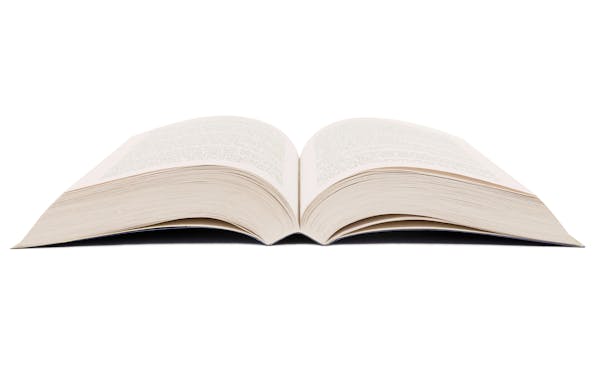Brian Welch estimates he's saved about $2,500 on his college costs by choosing classes that offer free materials.
"The cost savings had a big impact on my life," Welch said, adding that it left him with more money to buy groceries and gas or to purchase supplies for other classes that required traditional textbooks.
Welch, a senior at St. Cloud State University, is one of more than 85,000 students in the Minnesota State system of colleges and universities who has taken a class that relies on free materials, also called open educational resources. System leaders estimate those students have saved a combined $8.5 million over the past decade and are hopeful that the classes are starting to slowly chip away at disparities in higher education.
System data show first-generation college students, low-income students and students of color are slightly more likely to enroll in classes that offer the free materials.
"For that access piece, we've eliminated the opportunity gap," said Kim Lynch, the system's associate vice chancellor for educational development and technology.
Open educational resources — the free materials — look a little different for each class. Sometimes, a professor might ask a librarian to help ensure students can borrow classic pieces of literature. Sometimes, it's an e-book or a PDF. Sometimes, it involves an interactive game, like a crossword puzzle designed to help cement students' knowledge of key concepts.
"It's a huge paradigm shift," said Karen Pikula, a psychology instructor at Central Lakes College who was among the first in the system to start using the free materials.
Students typically are expected to buy their own textbooks before classes start. But Pikula said research shows about two-thirds of students don't have access to materials in the first three weeks of class, sometimes because they're waiting on student loans or military benefits to come through.
"They're trying to do homework with no resources," she said. "That is another beautiful thing of [open educational resources] is students have access the first day of class."
Pikula once thought the pricey commercial textbooks available for her psychology classes were among the best. Some came with access to videos that included case studies that gave her students another perspective on how a patient or a client might act. The books also cost about $275 each.
Then Pikula attended a training session where someone talked about how open educational resources allow instructors to customize their course with materials that are more relevant or better reflect the diversity of their students. She spent a weekend comparing the textbook she was using to other materials that were available for free and could be edited. She was quickly sold on the concept.
Pikula now spends part of her time teaching other faculty members how to develop and use free materials. Some campuses have even gone so far as to offer what they call Z-degrees, or entire programs that guarantee students will be able to graduate without having to buy textbooks.
Lynch said 10 colleges in the system now offer Z-degrees, and another 15 schools are in the process of creating the programs. That includes three universities, which offer four-year programs as opposed to two-year ones. One of the most common Z-degrees is an associates degree that can count toward general education requirements if students want to continue their studies.
"We're making it more possible for them to get that degree," Lynch said.

'Safe recovery sites' would offer syringes, naloxone and more to people using drugs. The plan could be in peril.
New Minnesota GOP leaders seek peace with party's anti-establishment wing

Who is Republican Lisa Demuth, Minnesota's first House speaker of color?

